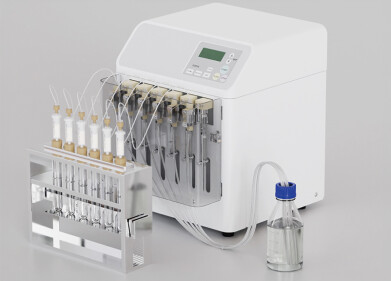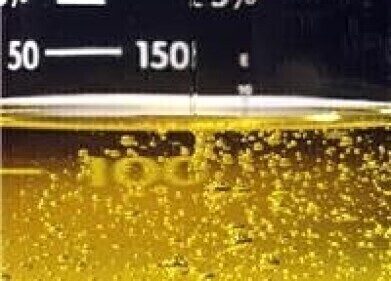Solid phase extraction (SPE)
Bees and Onions — Chromatography Smells the Flowers
Jul 23 2015
Bees are an essential part of our food supply chain. Many plants need to be pollinated by bees; fruits, nuts are seeds that are the result of pollination of the host plant, in many cases by bees. The pollination of plants — transferring pollen from the male parts of a plant to the female parts of the same species — is one of the processes that generates the seeds needed to help plant species flourish and provide us with food to eat.
Bee’s contribution to the UK economy is estimated to be over £650 million per annum — and with many countries around the world relying on bees — their importance is easy to see. So researchers are interested to know more about the relationship between bees and plants — and one topic of interest is floral attraction. In the competition between different plant species — how do plants win the battle to attract more bees?
Floral attraction
Plants use flowers to attract pollinators like bees, and each plant is in competition with all the other plants to entice the pollinators. But what do they use?
Plants use floral attraction, which includes:
- size and colour of the flower,
- pollen quality,
- nectar composition, and
- aroma or scent given off
to try and attract pollenators.
Recently, a group of Argentinian researchers have been studying bees and the floral attraction of Allium cepa L — the onion grown worldwide as a staple food — to gain an understanding of the relationship between the bees and floral attraction.
Sampling onions — did they cry?
In work published in Microchemical Journal — Direct analysis of nectar and floral volatile organic compounds in hybrid onions by HS-SPME/GC–MS: Relationship with pollination and seed production — the team developed a technique for sampling and determining the volatile compounds in onion flowers based around SPME-GC-MS (solid-phase microextraction followed by gas chromatography-mass spectrometry). Solid phase extraction is a common sample preparation technique used in many applications and is discussed in the article, A Practical Field Extraction Method for Non-invasive Monitoring of Hormone Activity in Animals.
They used the method to determine the differences in volatile compounds between open pollinated onions and three male sterile onion lines, and then looked at which plants the bees liked best. By sampling the air above the flowers the team managed to identify over 90 compounds — with sulphur-based compounds being the most common.
Bees spot the difference
When the teams compared the ‘volatiles profile’ of the four different lines, they were able to identify differences between the open pollinated lines and the sterile lines. And bees can spot the differences too, with the open pollinated line being a favourite of the bees.
Perhaps Mother Nature does know best — at least when it comes to attracting bees.
Image: Bees_Collecting_Pollen_2004-08-14.jpg Jon Sullivan
Events
Jan 20 2025 Amsterdam, Netherlands
Feb 03 2025 Dubai, UAE
Feb 05 2025 Guangzhou, China
Mar 01 2025 Boston, MA, USA
Mar 04 2025 Berlin, Germany













